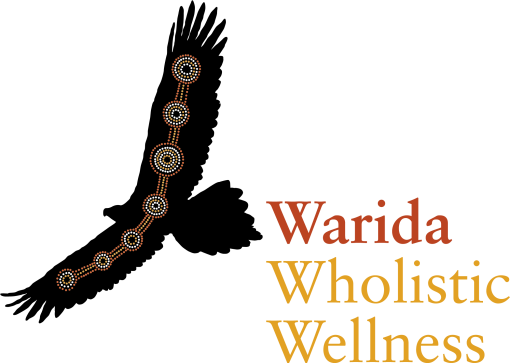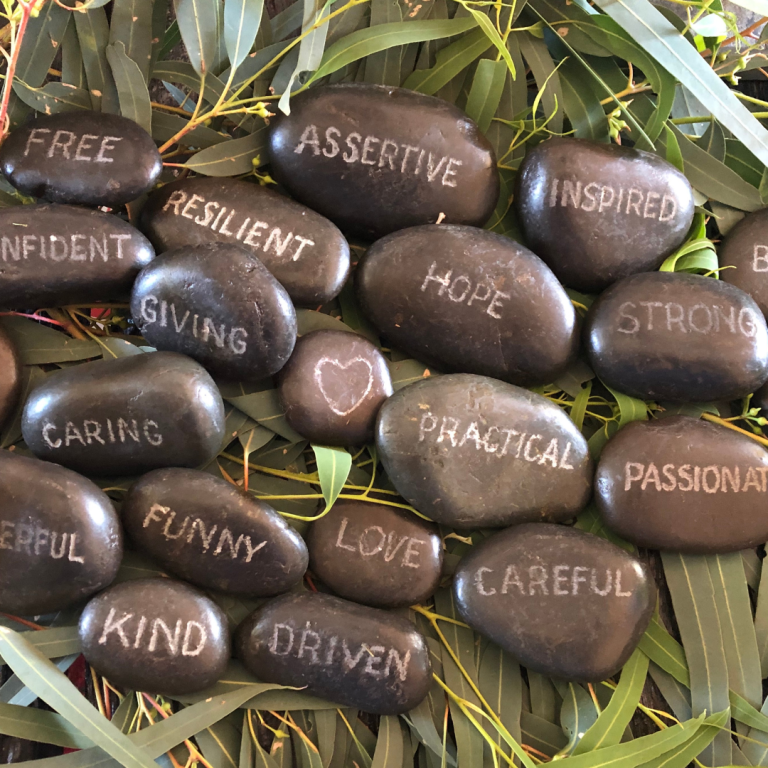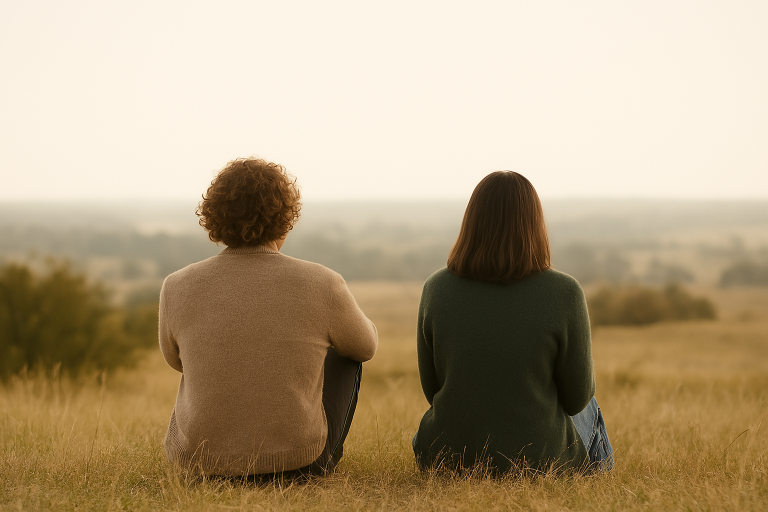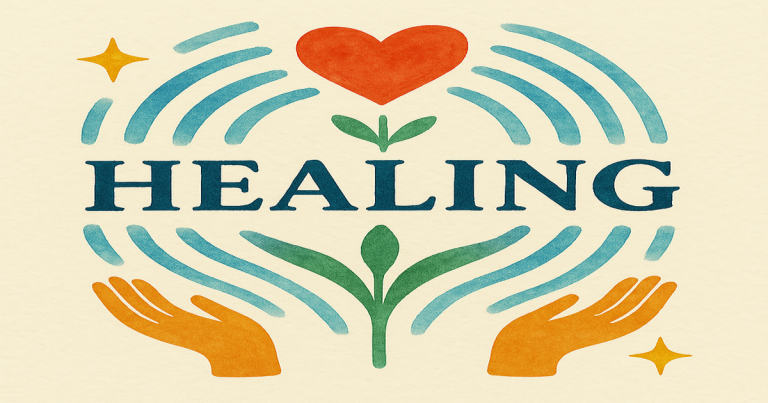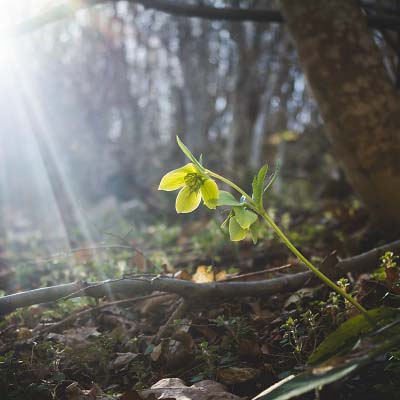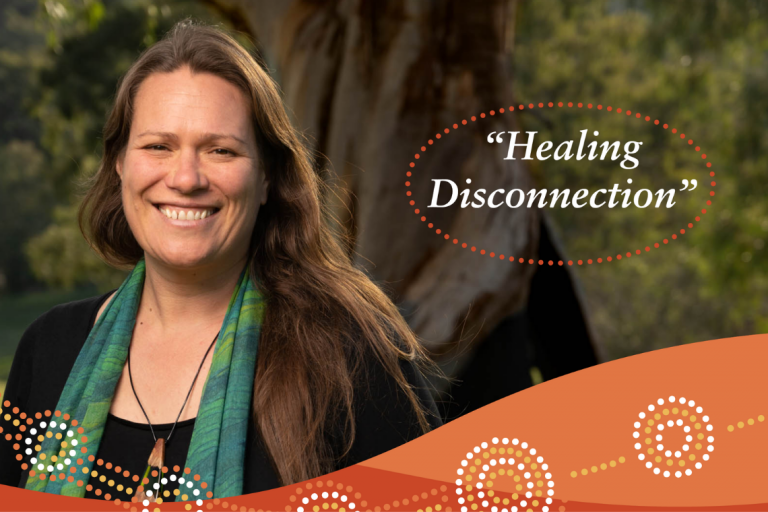Why is it so important to understand the boundaries of our own individual comfort zones? Take a really good look at the diagram of a comfort zone. The green represents our actual comfort zone. This is where anything that occurs within this sphere doesn’t create anxiety as we are happily familiarised / desensitised to specific situations. Whilst it is comfortable in this green sphere, this creates no opportunity to expand our experiences, abilities or learning. Apply this principle to your riding. When do you feel perfectly comfortable riding your horse? Is it at walk, in an arena with someone leading you? Or is it at a faster gait in a confined area? Reflect on this, sense the shape of your comfort zone. What does its boundary look like? Is it gentle and able to be passed or is outside your comfort zone a complete “no go” zone surrounded by barbed wire and 10 foot fences? Really understand this part of you.
“Comfort is your biggest trap and coming out of your comfort zone your biggest challenge”. – Manoj Arora
Our Learning Sphere – what we need to do.
This brings us to the orange sphere of the diagram. This is where you LEARN! As you can see it’s just outside our comfort zone and can be of varying virtual sizes depending on the individual. This is where you do not feel entirely comfortable and maybe a little nervous, but the important thing is that you can still function and cognitively process situations as they occur. Staying in this area requires constant vigilance and determination. It is not easy or comfortable, but importantly you EXPAND YOUR COMFORT ZONE by remaining in this area. Think about the first time that you tried something new – maybe rise trotting for the first time. Initially you felt awkward, uncomfortable, possibly unbalanced and out of rhythm. You were in your learning zone. Before long, you managed a few rhythmic rises and before you knew it – you were rising in time with your horse and possibly even on the correct diagonal!
“Whenever you feel uncomfortable, instead of retreating back into your old comfort zone, pat yourself on the back and say, ‘I must be growing’, and continue moving forward”.
– T. Harv Eker
What is CRUCIAL about the learning zone is that you are absolutely, 100% aware of where the outer edge of this zone is. This is called the point of maximum learning. I cannot stress enough the need for you to be completely aware of where this point is and DO NOT CROSS THIS!
Our Panic Zone – do not enter!
So the logical thinking is that if we learn when we move outside of our comfort zone, then if we move a long way outside our comfort zone then we must learn quicker? ABSOLUTELY NOT! What happens when we hit the panic zone is that our brains start screaming warnings and our body physiologically starts to respond. Our sympathetic nervous system prepares our body so it is able to respond quickly, including shutting down systems that are not vital such as digestion etc, transferring the energy to the flight / fight systems including increasing the pace of our heart beats. Our amygdala, or the centre of our brain that controls fear, is activated which impairs logical cognitive processing. In other words, we can’t think apart from doing what ever it is to keep us safe. I don’t think that I need to provide examples of horse related activities that have placed people in the panic zone. The important thing is that if you do find yourself in this sphere, do something to put you back in your personal comfort zone until you have be able to lower your heart rate and be able to think again. This can be as simply as dismounting and leading your horse for a while. No one learns or grows in this area.
How can we stay in our learning zone?
This is where you need to be aware and honest with how you are feeling. Don’t feel pressured to achieve something if it’s possibly going to push you into your panic zone. When we are rebuilding rider confidence, I encourage people to move into their learning zone and then retreat just a little back into their comfort zone, yoyo-ing between these two areas so that the comfort zone is gently expanded. Extreme anxiety or fear has no place on a horse. It does neither you or the horse anything positive. If you have spent considerable time in your panic zone, be kind and re-centre yourself so that you are able to move forward.
Bianca xx
